The Food Bank ‘Mini’ team lives to figure out-of-the-box ways of delivering fresh, nutritious food to our neighbors in need. To mark April as National Celery Month, we asked members of our Nutrition Education team to help us out with a few celery recipes. They pulled up a few delicious ideas from our friends at EatFresh.org. Enjoy!
Apple Celery Slaw with Nuts
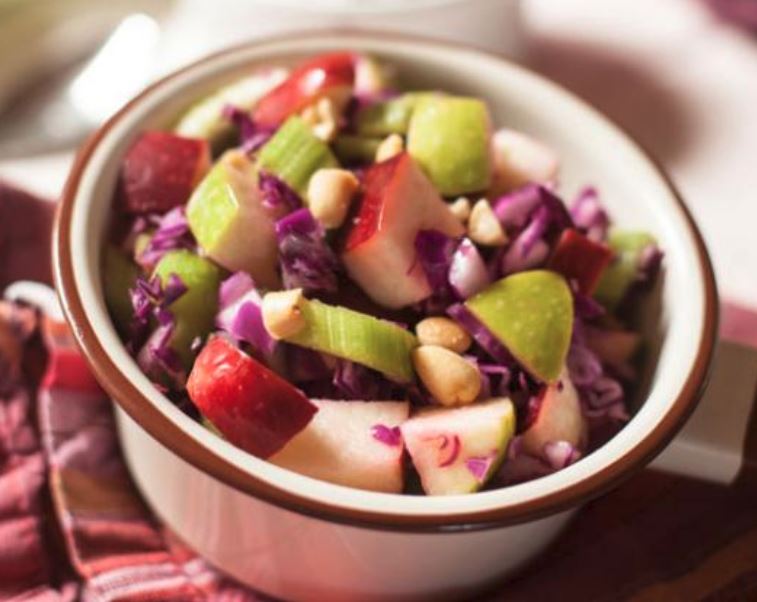 INGREDIENTS
INGREDIENTS
1 tablespoon apple cider vinegar
¼ teaspoon mustard
2 tablespoons olive oil
3 apples diced (skin on)
2 large celery ribs cut into 1/4 inch-thick pieces
2 cups raw cabbage shredded
¼ cup nuts chopped
chopped parsley (optional)
PREPARATION
*Whisk the vinegar with the mustard in a large bowl.
*Add oil in a stream, whisking until blended.
*Toss apples, celery, and cabbage with the dressing.
*Just before serving, sprinkle with nuts (and parsley).
Chickpea Dip with Fresh Celery Sticks

INGREDIENTS
1 (15-ounce) can chickpeas (garbanzo beans) drained and rinsed
3 garlic cloves
¼ cup plain lowfat yogurt
1 tablespoon lemon juice
1 teaspoon vegetable or olive oil (or nonstick cooking spray)
¼ teaspoon salt
¼ teaspoon paprika
⅛ teaspoon ground black pepper
4 medium celery stalks sliced
PREPARATION
*Put the first eight ingredients into a food processor and blend until smooth.
*Serve at room temperature with celery slices and enjoy!
WANT MORE RECIPES? Join our email list to get Food Bank favorite recipes and lots of other great content delivered…
SUBSCRIBE TODAY >>


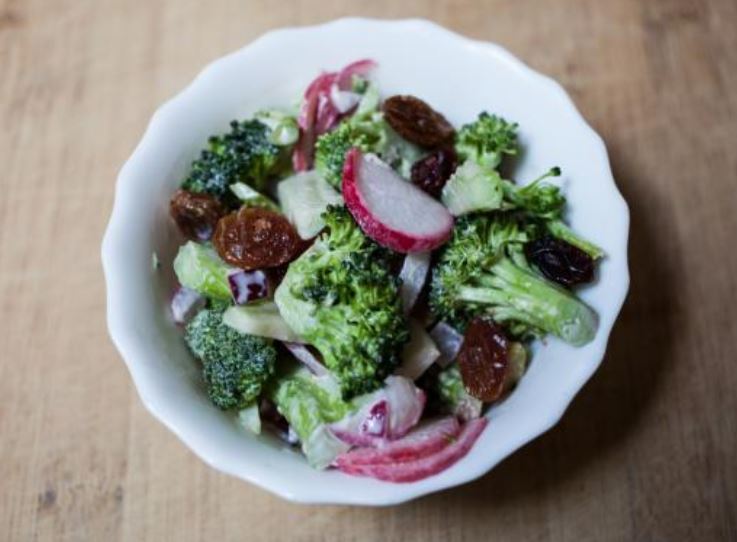
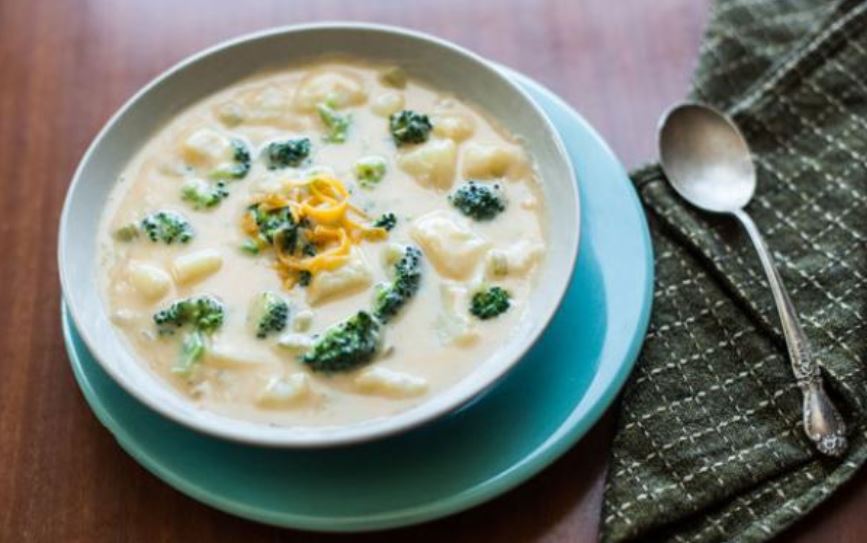

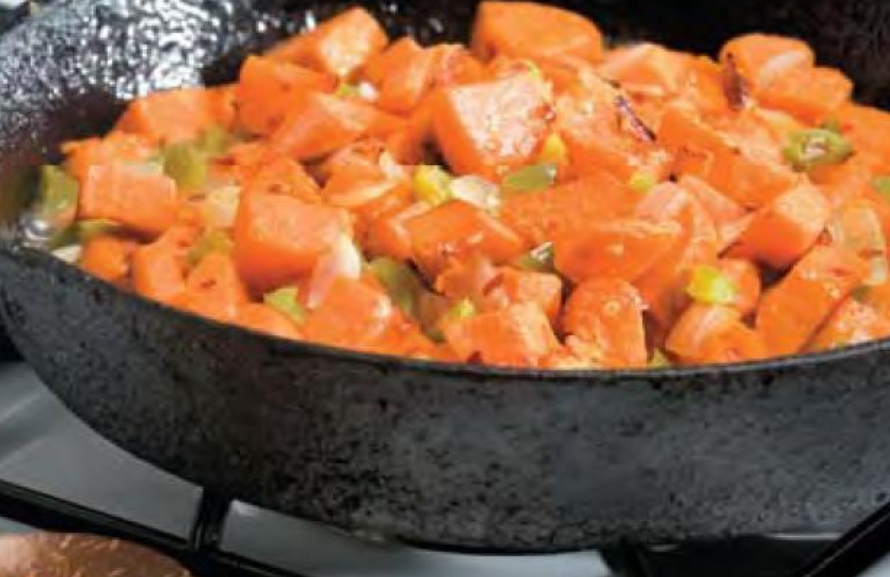
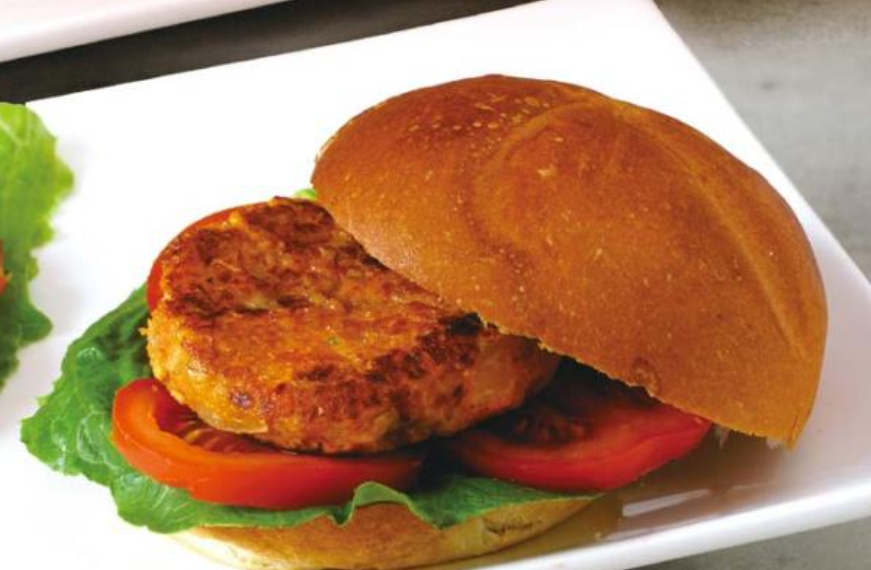



Share